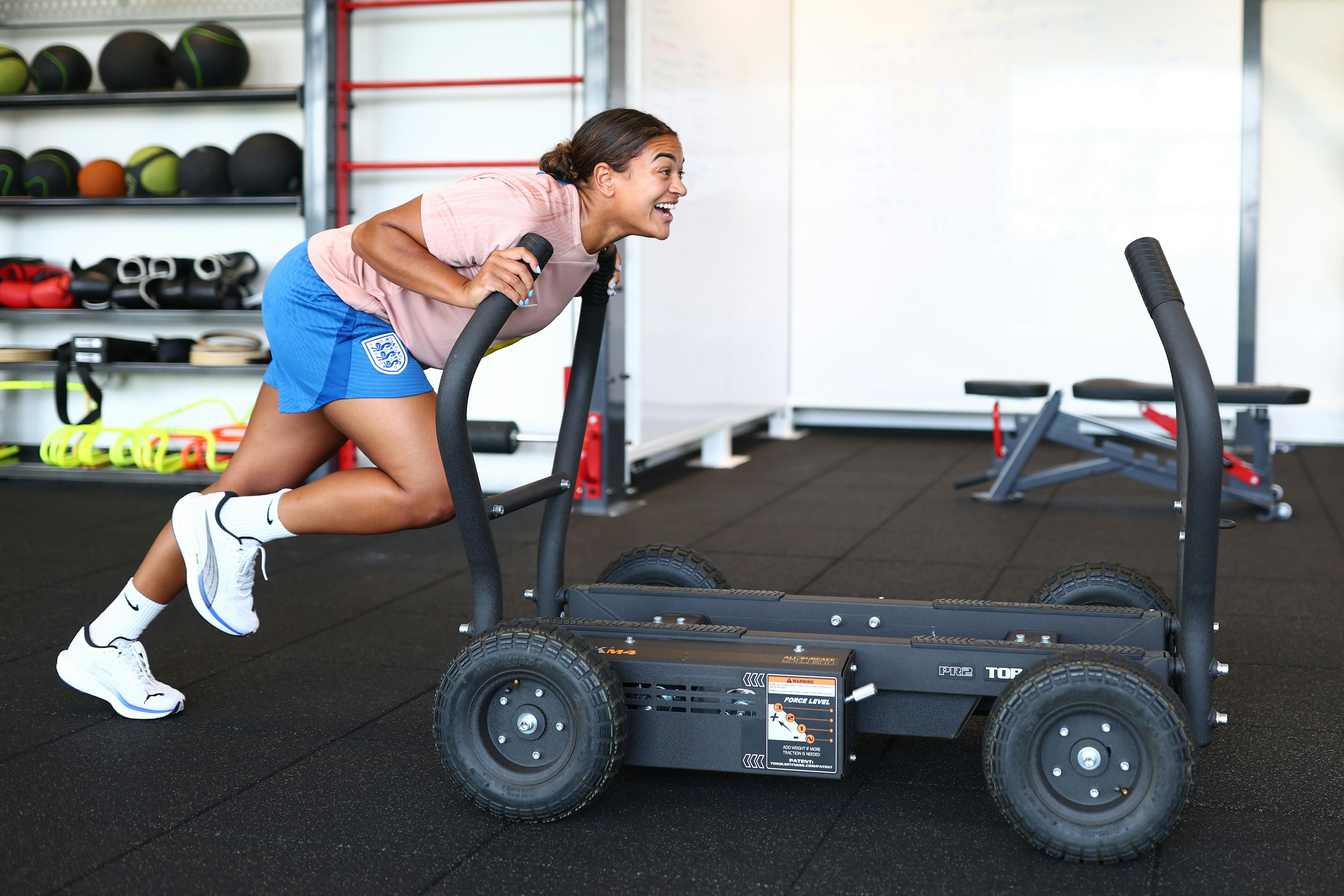
There are many kinds of gym rats: stationary bikers, treadmillers, iron pumpers, and the folks who started core exercises but are now lying on the floor listening to music. While everyone has a preferred exercise, a balance of cardio and strength training, according to physician Peter Attia, may have a positive influence on longevity — and something called healthspan. Whereas lifespan refers to the number of years someone lives, healthspan refers to how many healthy years that person gets.
“Longevity, both through lifespan and healthspan, is impacted more through exercise than any of the other variables we have,” Attia said as a guest on the podcast “Ten Percent Happier with Dan Harris” earlier this month.
Attia’s rule of thumb is that exercise should be half strength training and half cardio. Whether you exercise three or four hours a week or 20 hours, that time, he says, is best spent divided evenly between strength and cardio. Not only does this balance keep your body in top shape in the short term, but it builds important muscle that will prevent severe injuries as we as age.
His philosophy tracks fairly well with recommendations from the Centers for Disease Control And Prevention (CDC). It suggests either 150 minutes of moderate cardio or 75 minutes of vigorous cardio per week, plus two days per week of working on major muscle groups such as the legs, hips, back, abdomen, chest, and arms.
Why is strength training so important? The exercises protect bones, joints, and muscles, keeping them limber as we age. Our bones decrease in density when we get older, too. Regular lifting helps retain bone mass. If our bones aren’t strong, we become much more vulnerable to severe injury, like a hip fracture from a bad fall. A 2022 JAMA study found that about 110,000 deaths of U.S. adults age 40 and older could be prevented with even 10 minutes of daily activity.
Cardio, such as running or biking, is a boon to heart health. Attia recommends a mix of the CDC’s two types of activity, devoting 80 percent of cardio to moderate intensity and the other 20 to vigorous intensity.
“If you take a person who is doing zero exercise, and you just get them to the point where they’re doing three hours a week,” Attia said on the podcast, “you will still give them a 50 [percent] reduction in all-cause mortality.”







